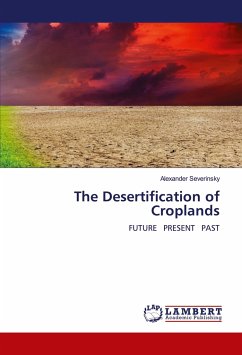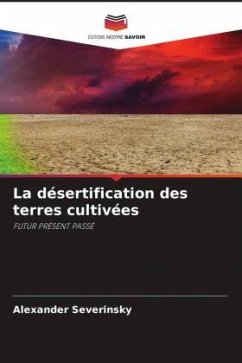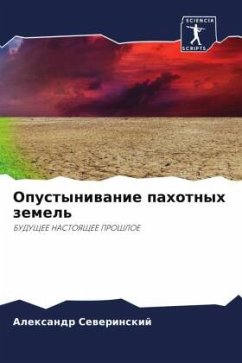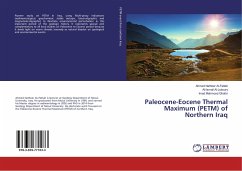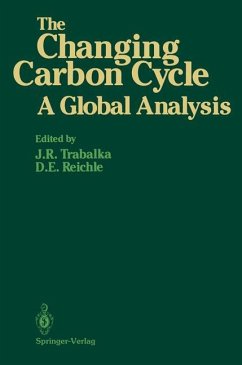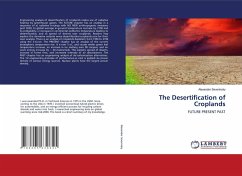
The Desertification of Croplands
FUTURE PRESENT PAST

PAYBACK Punkte
20 °P sammeln!
Engineering analysis of desertification of croplands makes use of radiative heating by greenhouse gasses. The FUTURE chapter has an analysis in a sequence of a) radiative forcings with NO NEW anthropogenic emissions post 2020; b) global average in-ground temperature increase by 2100 and its probability; c) increases in continental isotherms temperature leading to desertification; and d) spread of deserts over croplands. Readers may explore the derivative website www.desertification-croplands.com for their own analysis. There is an analysis of croplands depletion from 1950 to 2100 using the S-C...
Engineering analysis of desertification of croplands makes use of radiative heating by greenhouse gasses. The FUTURE chapter has an analysis in a sequence of a) radiative forcings with NO NEW anthropogenic emissions post 2020; b) global average in-ground temperature increase by 2100 and its probability; c) increases in continental isotherms temperature leading to desertification; and d) spread of deserts over croplands. Readers may explore the derivative website www.desertification-croplands.com for their own analysis. There is an analysis of croplands depletion from 1950 to 2100 using the S-Curve. The PRESENT chapter has an analysis of the current atmospheric temperature rise. It is over 5 oC, and causes similar green leaf temperature increase, an increase in ice melting over 90 cm/year, and air work energy increase by ~ 40 Joules/mole. This explains spread of deserts, increase in forest fires, and increased intensity of air disturbances. The PAST chapter has an engineering analysis of de-carbonization alternatives. The 1st engineering principle of performance-vs.-cost is applied via power density of various energy sources. Nuclear plants have the largest power density.



